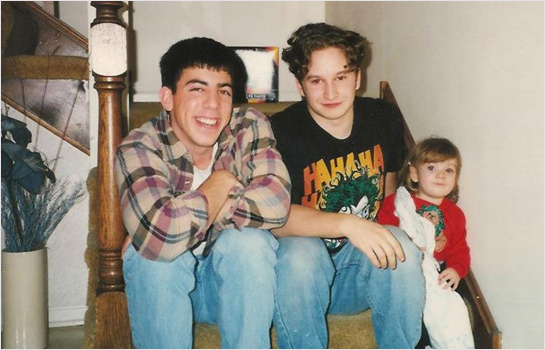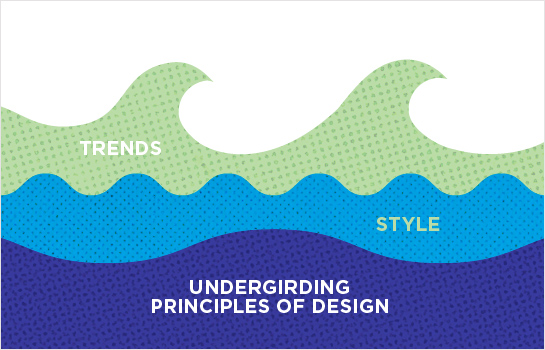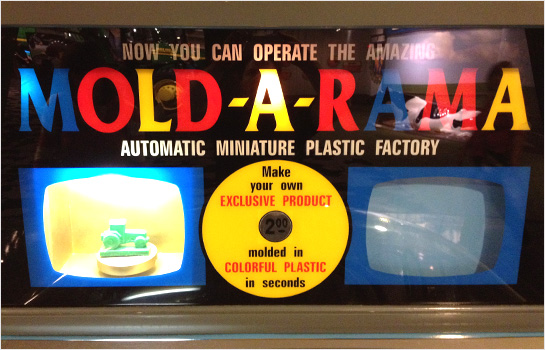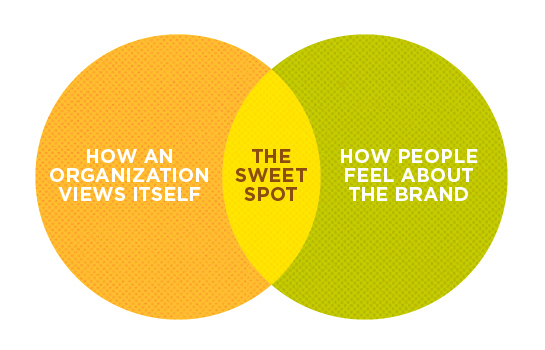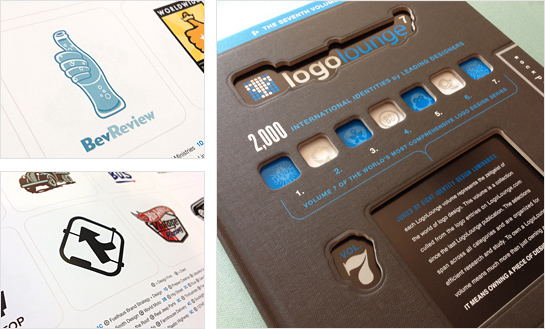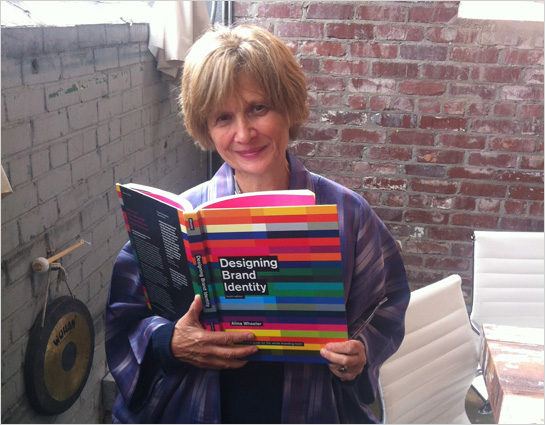
Alina Wheeler wrote the book on identity design. Literally. She is the author of Designing Brand Identity, which is just about to be released in its fourth edition. It’s an excellent resource and is arguably the textbook on the discipline of overarching identity design. Over the years, we’ve found Alina’s thoughts, insight, and process to be an invaluable roadmap in developing and shaping our own identity design process, leading to greater results for us, and our clients. The book is a great 50,000 foot view, allowing readers the ability to see the design journey from beginning to end, but also allowing them to zoom in on how each part of the process contributes to overall project success.
On the eve of the book launch, we wanted to chat with our friend and colleague about this latest version, and also pick her brain about the state of identity design today.
